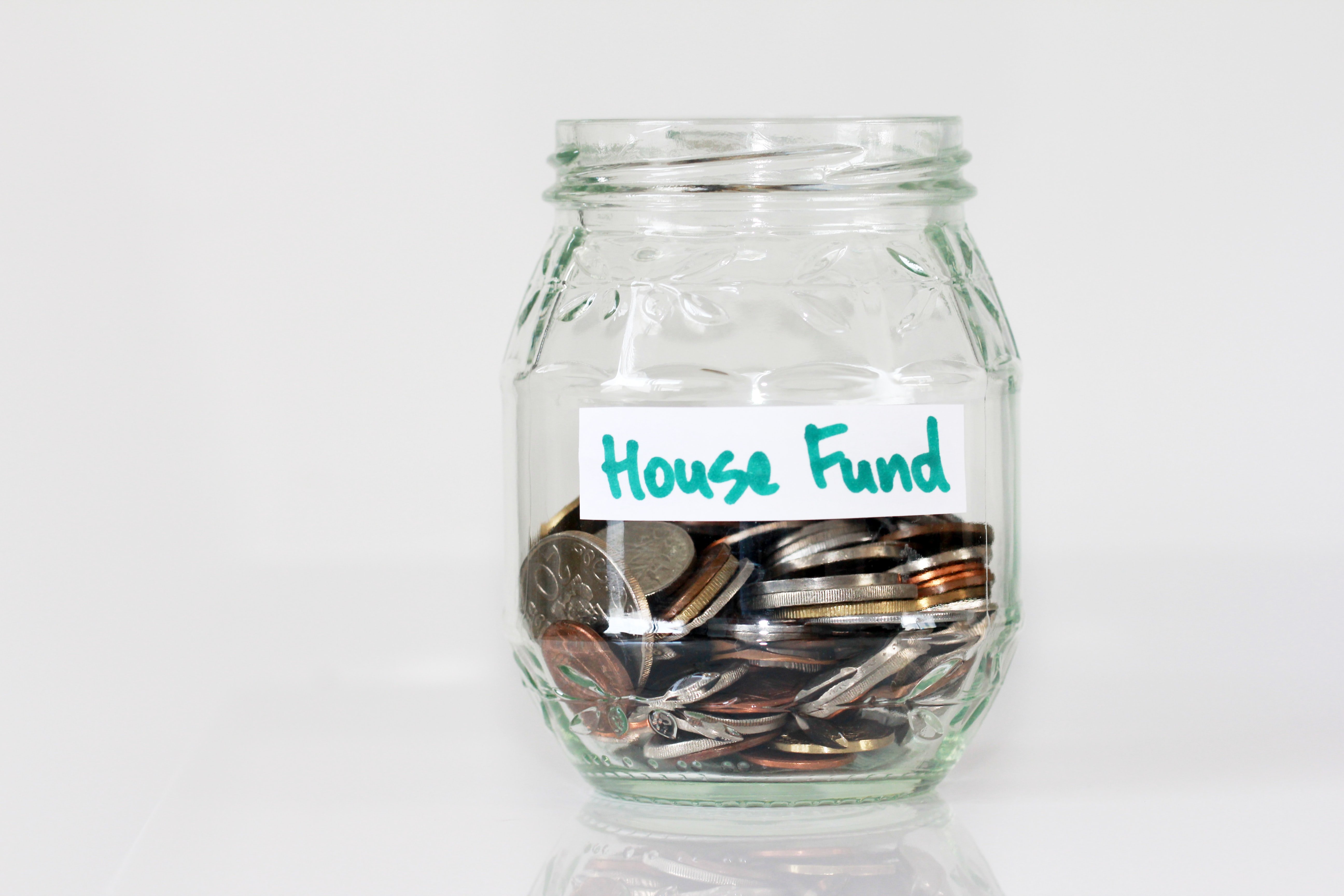Changes to the Loan to Value Ratio (LVR) and an overall tightening up on low deposit lending has seen banks and lenders charge a number of additional fees to borrowers with less than a 20% deposit. One of these fees is a Low Equity Margin (LEM); a percentage added to your interest rate that remains there until your loan reduces to the 80% threshold. As a borrower, it’s important you’re clear on exactly how this fee is charged.
.jpg?width=320&name=First%20Home%20Buyers%20(1).jpg)
What is Low Equity Margin?
Because low deposit lending is considered a much higher risk to banks and lenders, to cover this perceived risk, most banks and lenders will add a margin to home loan interest rates for borrowers with an LVR of more than 80%.
This is called a low equity margin. While the actual percentage charged will differ by lender, typically, low equity margins are charged as follows:
For LVRs between 80.01% and 85.00%, LEM is 0.30%.
For LVRs between 85.01% and 90.00%, LEM is 0.75%
For LVRS between 90.00% and 95.00%, LEM is 1.30%
(*Rates quoted here are an approximate.)
The higher the LVR, the higher the low equity margin percentage charged. As your LVR reduces, so should your LEM until you reach the 80% LVR threshold when the LEM should be removed entirely.
Some lenders charge a low equity fee instead of a low equity margin for borrowers with an LVR greater than 80%. A low equity fee is a one-off charge calculated as a percentage of the value of your loan that is added to the balance of your home loan. Depending on your LVR and the lender, these fees can vary from 0.50% to 1.50%.
How can I reduce my LEM?
Reducing your low equity margin makes good financial sense, and the sooner you can reach the 80% threshold the sooner the margin can be removed altogether allowing you to negotiate even better home loan rates.
As the value of your property increases or as your loan amount reduces through ongoing servicing, so your LVR will reduce. It’s important you keep a close eye on your LVR to ensure you apply for a reduction to your low equity margin with an updated valuation of your property or when your loan balance drops.
Most lenders will accept a current Capital Value issued by your local council, an e-valuation from QV, or a new market valuation from a reputable valuer as a means of determining your property’s current value. While policies differ by lender, most will allow you to apply to reduce or remove your LEM provided it is more than 6 months after your most recent LEM adjustment.
Low deposit lending
If you have less than a 20% deposit, you could still be eligible for a low deposit mortgage. As always though, when it comes to securing a home loan, it pays to partner with a mortgage adviser who can shop around to find the right deal for you. Get in touch with a Mortgage Express adviser to talk about your financial situation.
References:
http://www.thefirsthomebuyersclub.co.nz/all-you-need-to-know-about-low-deposit-loans/
https://www.loanmarket.co.nz/queenstown/news/low-equity-margin-
Disclaimer:
While all care has been taken in the preparation of this publication, no warranty is given as to the accuracy of the information and no responsibility is taken by Mortgage Express Limited for any errors or omissions. This publication does not constitute personalised financial advice. It may not be relevant to individual circumstances. Nothing in this publication is, or should be taken as, an offer, invitation, or recommendation to buy, sell, or retain any investment in or make any deposit with any person. You should seek professional advice before taking any action in relation to the matters dealt within this publication.
A Disclosure Statement is available on request and free of charge.







